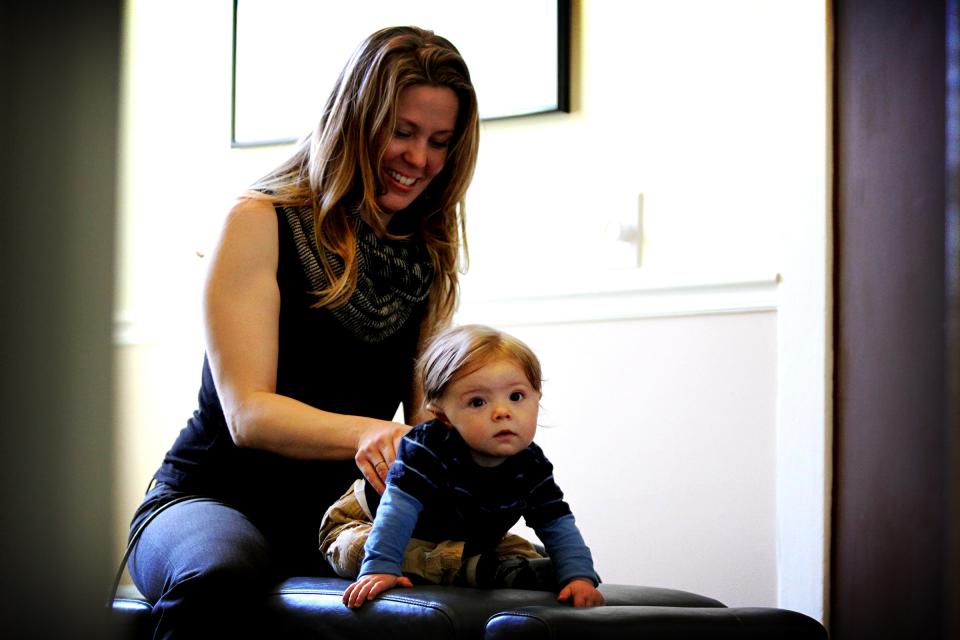Graston

The Graston technique is one that is used in order to locate and break down scars and/or adhesions. Some of this treated tissue is then reabsorbed and excreted through the kidneys, and some is remodeled. The resulting tissues are less fibrous and are more functional.
Graston technique founder David Graston, developed this technique after sustaining injuries to his knee while skiing, receiving ACL surgery, and was left with no range of motion within his knee. Graston then learned through therapy how to perform soft tissue mobilization through friction massage using his hands, which resulted in bilateral carpal tunnel and trigger finger, requiring surgery. Due to this, the idea of instrument assisted soft tissue mobilization was born.
Initially different sized “rollers” were used for various pressures and tissue types being treated, created out of wood and aluminum. Rollers evolved into curvilinear instruments designed to fit the body parts being treated. The instruments are designed to fit the body parts being treated and possessed two treatment edges. A beveled edge, developed from the roller concept to locate and breakup adhesions, and a bladed edge, developed to separate and splay the soft tissue after being located and broken up by the beveled edge.
Later the instruments were developed into a “square surface design” with a unique treatment design to minimize the pressure needed from the clinician to initiate a controlled “microtrauma” (initiates the reabsorption of excess scar tissue) in affected tissues without damaging healthy soft tissues.
These instruments have shown through much research to increase the range of motion caused by adhesions and scar tissue. By aiding in the location of restriction via sound waves, and determining the size of the adhesion, the idea of “gua sha”. Gua meaning to scrape, and sha meaning reddish, elevated, millet-like skin rashes. Thus this idea is used to bring the “sha” rash to the skin.


